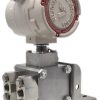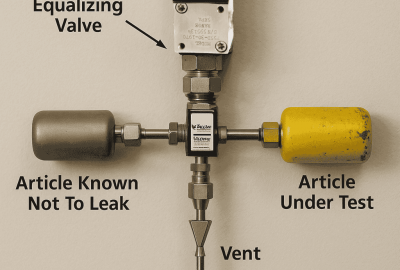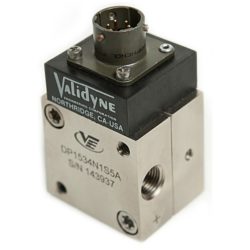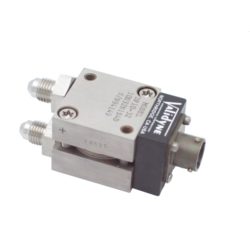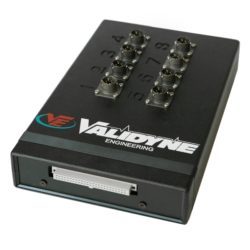Oil & Gas, Pressure Measurement, Utility
Pressure Transmitter to Detect Burner Flame Instability
Large-scale industrial installations such as refineries and chemical plants often have large direct-fired heaters that are used in the processing of fluids and gases. Such heaters must now be designed to minimize NOX emissions to meet Federal clean air requirements and much research has also gone into finding ways to make the burning process more efficient. Clean air is important, and even small increases in combustion efficiency can result in hundreds of thousands of dollars in fuel savings over the course of a year.
The technology to reduce emissions and improve efficiency in large-scale heaters is complex, but for gas-fired heaters part of the solution is to run the natural gas feeding the burners at a reduced pressure to allow for more complete combustion. But running lower burner gas pressures increases the risk of a flame-out – and restarting a large heater could cost hours of downtime.
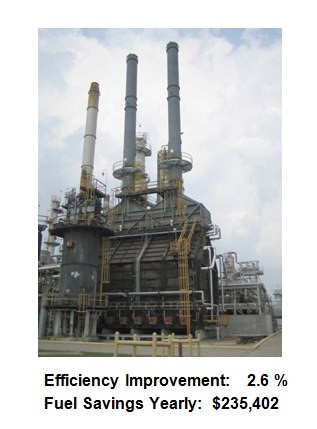
A major oil company that was retrofitting low NOX burners into their heaters decided to design a system that would detect the conditions present in the combustion chamber just before a flame-out. When a burner flame becomes unstable it wobbles – much like a candle flickers just before going out. Because the burners are enclosed, the air pressure inside the heater will exhibit a characteristic oscillatory behavior just as the flame begins to fail. The air pressures inside the heater are low – just a few inches of water – and this pressure will vary at a characteristic frequency of a few Hz just before flame-out.
Refinery burners are very large – often the size of a large building. Because of the huge volumes inside the burner chamber, the pressure variance when the flames are wobbling is very slight.
Validyne developed a version of the DR800 that is sensitive enough to detect the low heater pressures, yet responsive enough to capture the pressure waveform prior to a flame-out condition. The electronics of the DR800 were modified to pass frequencies up to 50 Hz and the damping circuit was bypassed. The modified DR800 is capable of passing low pressure variations up to 10 Hz with no distortion. The DR800 is FM approved as an intrinsically safe device for Class I, Div 2, Groups B, C and D hazardous locations and is ideal for this application in oil refineries.
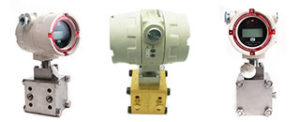
The customer developed a signal processing algorithm that detected a pending flame-out condition in their burner from the character of the DR800 signal. This involves analyzing the signal for the right combination of frequency and amplitude of air pressure that occurs prior to a flame-out. When this situation is detected, a warning light is displayed on the operators control panel and action can be taken to avoid a flame-out and time consuming restart.
The major refinery operators – Exxon, Chevron, Union, etc – will be able to develop a detection algorithm suitable for each individual heater configuration. Another potential market is the burner manufacturers such as Zeeco, John Zink and others, who are purveying low NOX systems.
If you found this article useful, click here to subscribe to our newsletter for monthly emails with application notes and product solutions. Feel free to contact our sales engineers at sales@validyne.com for more information on the products and solutions in this application note. Get more information on the DR800 pressure transmitter by visiting the product page. Visit the Low Pressure Transmitter page for more offerings.
Comments are closed



